Viessmann’s new gas-fired boiler range

Viessmann’s Vitodens 100-W WB1C range of boiler comprises three combination boilers with outputs of 26, 30 and 35 kW and four system boilers with outputs of 19, 26, 30 and 35 kW with an improved modulation down to 25% of full output. The 19 kW boiler has a maximum flue length of 19 m for flexibility of installation. The heat output is the same for heating and hot water.
Installation is made quicker and easier by pressure-relief valves and condensate connections being combined so that long runs of additional piping are not required.
Also, when installed with a Vitocell 200 or 300 unvented cylinder, these boilers meet Part G3 of the Building Regulations (hot-water storage) without the need for an energy cut-off valve and cylinder overheat thermostat, as these are built into the boiler. Costs savings include up to £200 for components, and there is no requirement for an electrician qualified to Part P.
Noise level for the largest boiler is 40 dB(A).
The use of Viessmann’s Inox-Radial heat exchanger and MatriX cylinder burner achieves a seasonal efficiency of up to 90.4% for standard boilers and 90.3% for combi boilers.
The Aquabloc contains a Grundfos pump and combines all hydraulic components into one compact unit as part of the drive train. All serviceable parts are easily accessible from the front of the boiler.







